Sodium Propionate CAS 137-40-6
Assay: 99%min
Appearance: White Crystal Powder
Supply Ability: 100000 Metric Ton/Metric Tons per Week
Packing: 25kg/drum or as customer??s requirement
Sample: Available,Assay: 99%min
Appearance: White Crystal Powder
Supply Ability: 100000 Metric Ton/Metric Tons per Week
Packing: 25kg/drum or as customer??s requirement
Sample: Available,Assay: 99%min
Appearance: White Crystal Powder
Supply Ability: 100000 Metric Ton/Metric Tons per Week
Packing: 25kg/drum or as customer??s requirement
Sample: Available,Assay: 99%min
Appearance: White Crystal Powder
Supply Ability: 100000 Metric Ton/Metric Tons per Week
Packing: 25kg/drum or as customer??s requirement
Sample: Available,Assay: 99%min
Appearance: White Crystal Powder
Supply Ability: 100000 Metric Ton/Metric Tons per Week
Packing: 25kg/drum or as customer??s requirement
Sample: Available,Assay: 99%min
Appearance: White Crystal Powder
Supply Ability: 100000 Metric Ton/Metric Tons per Week
Packing: 25kg/drum or as customer??s requirement
Sample: Available,Assay: 99%min
Appearance: White Crystal Powder
Supply Ability: 100000 Metric Ton/Metric Tons per Week
Packing: 25kg/drum or as customer??s requirement
Sample: Available,Assay: 99%min
Appearance: White Crystal Powder
Supply Ability: 100000 Metric Ton/Metric Tons per Week
Packing: 25kg/drum or as customer??s requirement
Sample: Available,Assay: 99%min
Appearance: White Crystal Powder
Supply Ability: 100000 Metric Ton/Metric Tons per Week
Packing: 25kg/drum or as customer??s requirement
Sample: Available
发送询盘
Description
Sodium Propionate
Sodium Propionate Quick Details
Chemical Name: Sodium Propionate
CAS No: 137-40-6
Molecular Formula: C3H6O2.Na
Molecular Weight: 96.06
Appearance: White Crystal Powder
Chemical Structure:
Sodium Propionate Typical Properties
Name of index
Specifications
Content????%
99.0
Iron???%
0.003
Arsenic???%
0.0003
PH(10%)
7.0-9.0
Heavy Metals(as Pb)??%
0.001
Loss on drying???%
1
Water insoluble???%
0.01
Sodium Propionate Usage
1.Used as a preservative, used in cakes, bayberry, etc. to prevent mold
2.Used as a fungicide
3.Used as a masking agent in tanning to improve the alkali resistance of leather and the uniformity of tanning.
Sodium Propionate Packaging
25kg/drum.
Sodium Propionate Storage
Store at RT.
| 5 |
|
0 |
| 4 |
|
0 |
| 3 |
|
0 |
| 2 |
|
0 |
| 1 |
|
0 |
- 2
- 2-diallylpent-4-en-1-amine
- 4
- 95-16-9
- Ammonium sulfamate
- Benzothiazole
- cas:67889-00-3ح2
- cas:83524-75-8 | pigment black 32
- cas:928836-00-4 | 2
- cas:932745-70-5 | 4
- Chemical Minerals
- Coconut diethanolamide
- Daily Chemicals
- discount
- for sale
- General pvc resin
- hexyl D-glucoside
- in stock
- Lauramidopropyl betaine
- LAURIC ACID MONOETHANOLAMIDE
- Petroleum Additives
- Plasticiser
- Ploymers
- price
- PVC
- quotation
- Raw Materal
- Remove term: Petroleum Additives Petroleum Additive
- SODIUM ETHYL 2-SULFOLAURATE
Related Products
Chemical Name: Ashwagandha Extract
Synonyms: Withania somnifera, ext.; Withania Somnefera Extract
CAS: 90147-43-6
Appearance: Brown
Common English name: 5-iodo-2,3-dihydropyridazin-3-one
CAS No.: 825633-94-1
Molecular formula: C4H3IN2O
Molecular weight: 221.98
Sample: Available
Chemical Name: Disodium Hydrogen Citrate Sesquihydrate
Cas No.: 6132-05-4
Appearance:?White Powder
Assay??99%
Citric acid is a white, crystalline, weak organic acid present in most plants and many animals as an intermediate in cellular respiration. Citric acid contains three carboxyl groups making it a carboxylic, more specifically a tricarboxylic, acid.the name citrus originates from the Greek kedromelon meaning apple of melon for the fruit citron. Greek works mention kitron, kitrion, or kitreos for citron fruit, which is an oblong fruit several inches long from the scrublike tree Citrus medica. Lemons and limes have high citric acid content, which may account for up to 8% of the fruit’s dry weight.
Product name:HYDROXYPROPYL GUAR HYDROXYPROPYLTRIMONIUM CHLORIDE
Purity:99%
Appearance:Light Yellow Powder
Package:Customized according to customer needs.
Sample:Available
Chemical Name: Arabic gum
CAS No.: 9000-01-5
Appearance: powder
Hydrogenated lecithin is light yellow or milky white powder. Due to the use of catalysis and hydrogenation processes, the unsaturated chains of unsaturated fatty acids in the molecular structure of soybean lecithin disappear, thereby greatly improving the chemical stability, dispersibility, and emulsification of lecithin. It has decolorization and deodorization effects, which is more conducive to storage and preservation, and improves its role in medicine, high-end cosmetics, and light industry. It is especially suitable for intravenous fat emulsifiers and nutrients. It is used as a blood lipid emulsifier to prevent arteriosclerosis, and has the advantages of being easy to digest, easy to absorb, and almost not remaining in the internal organs.
Chemical Name: 3-Hydroxybutyric acid
CAS No.: 625-71-8
Molecular Formula: C4H8O3
Molecular Weight: 104.1
Appearance: White powder
Chemical Name: Ammonium Iron(II) Sulfate
Synonyms: Diammonium iron bis(sulphate); iron (ii) ammonium sulfate
CAS No.: 10045-89-3
Molecular Formula: FeH5NO4S
Molecular Weight: 170.95
Chemical Name: COPPER (II) GLUCONATE, MIN. 98
CAS No.: 13005-35-1
Molecular Fomula: C12H22CuO14
Molecular weight: 453.84068
Microcrystalline cellulose is a purified, partially depolymerized cellulose that occurs as a white, odorless, tasteless, crystalline powder composed of porous particles. It is commercially available in different particle sizes and moisture grades that have different properties and applications.
Microcrystalline cellulose and carboxymethylcellulose sodium occurs as a white or off-white odorless and tasteless hygroscopic powder containing 5?C22% sodium carboxymethylcellulose. It is a water-dispersible organic hydrocolloid.
Chemical Name: Polyglycerol-10 decanoate
CAS No.: 145268-65-1
Appearance:?Colorless to light yellow viscous liquid
Assay: 98%

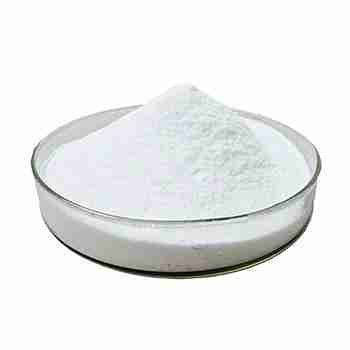
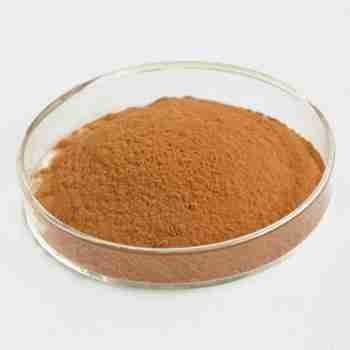
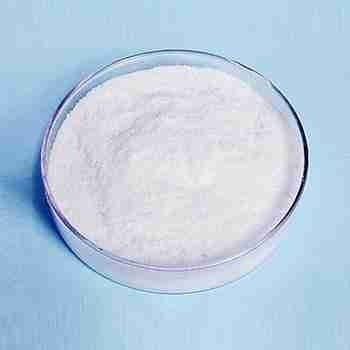


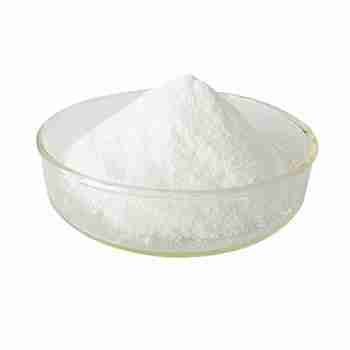
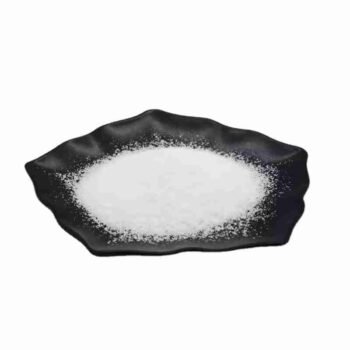


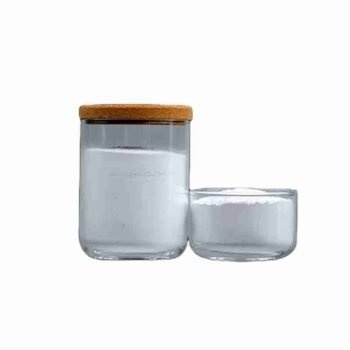


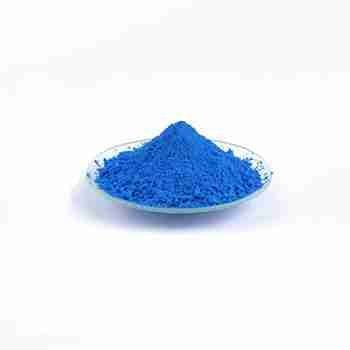

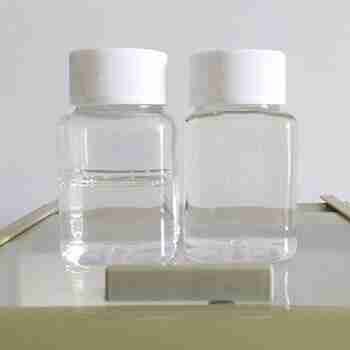



Reviews
There are no reviews yet.